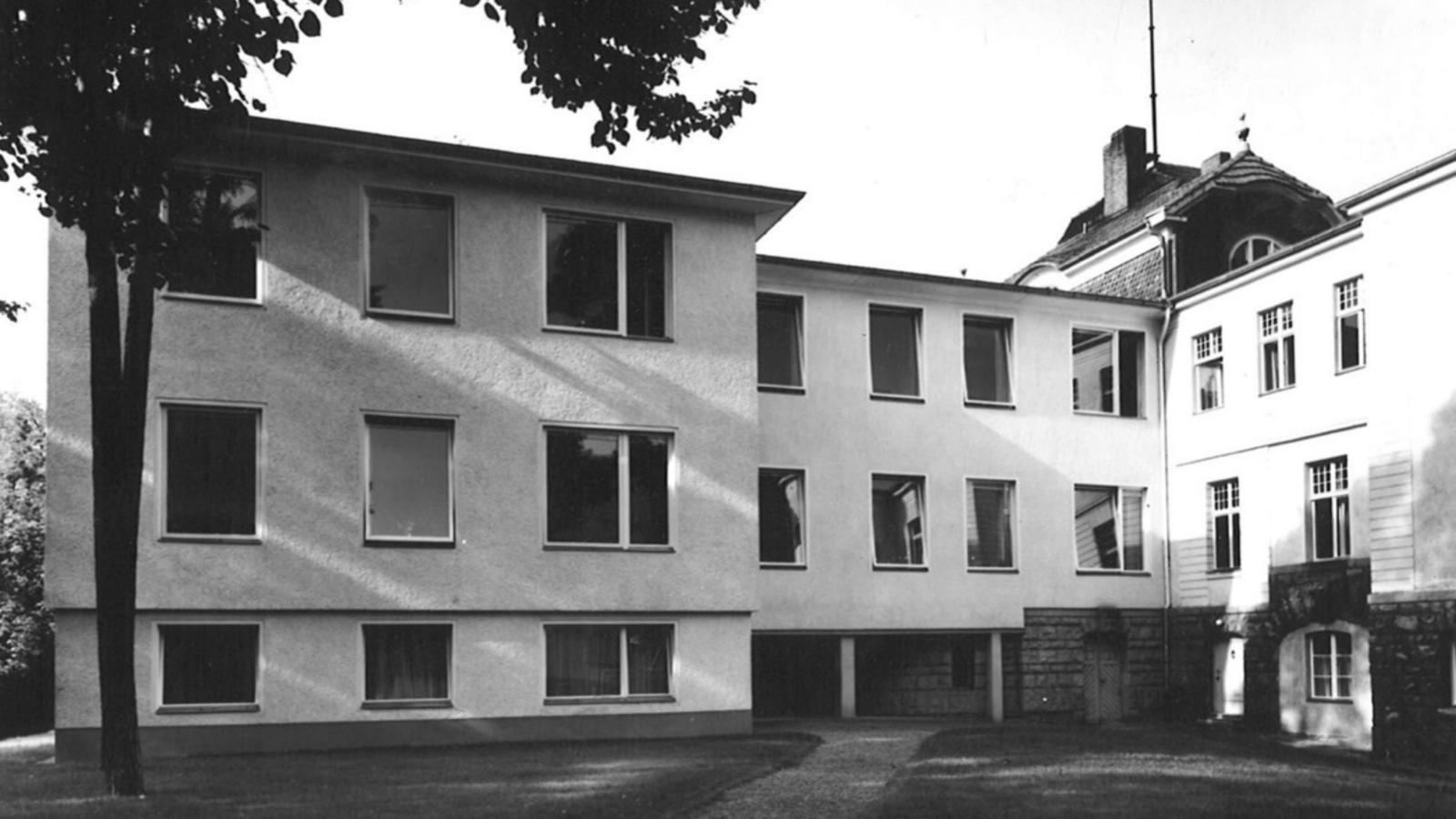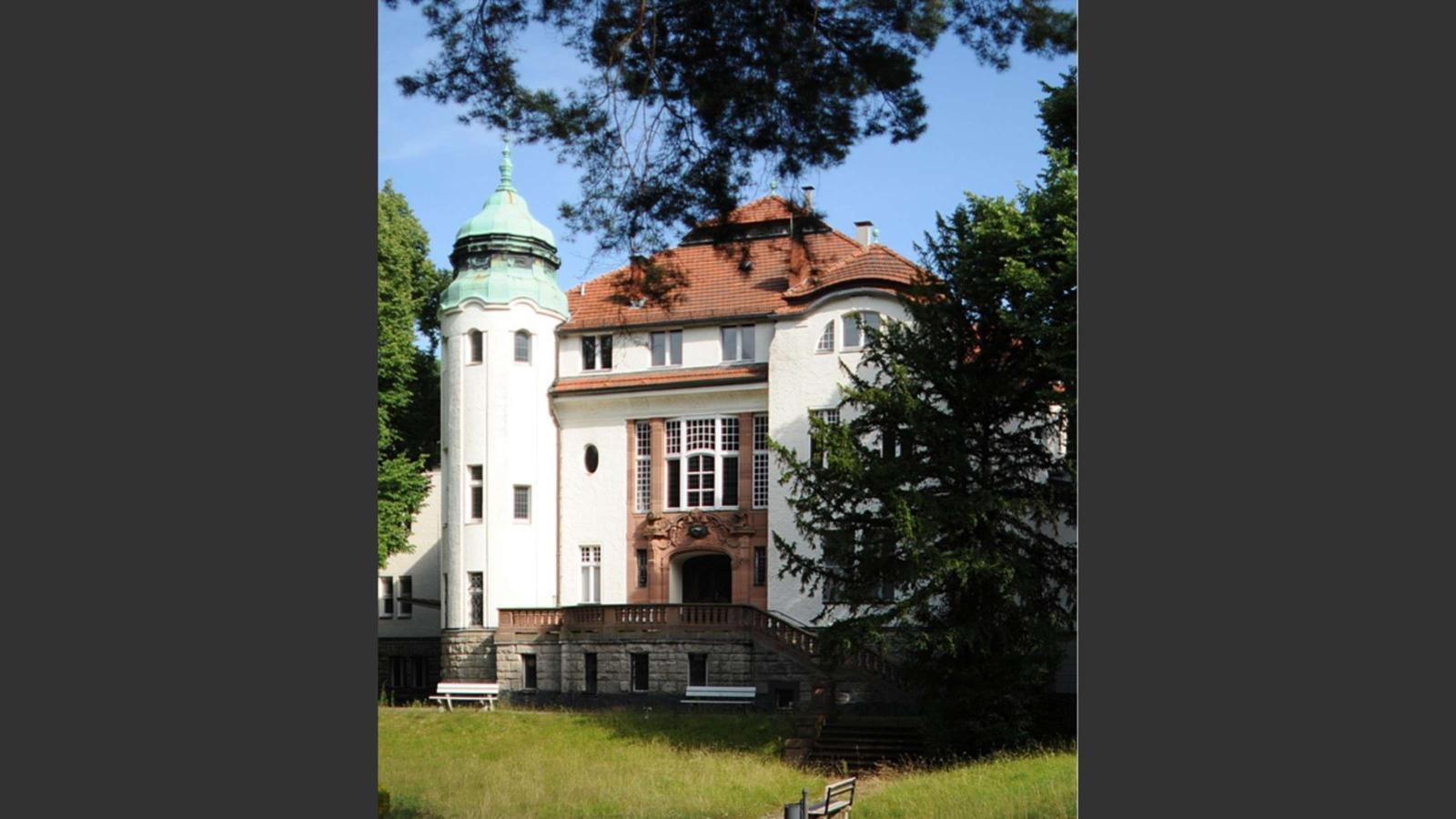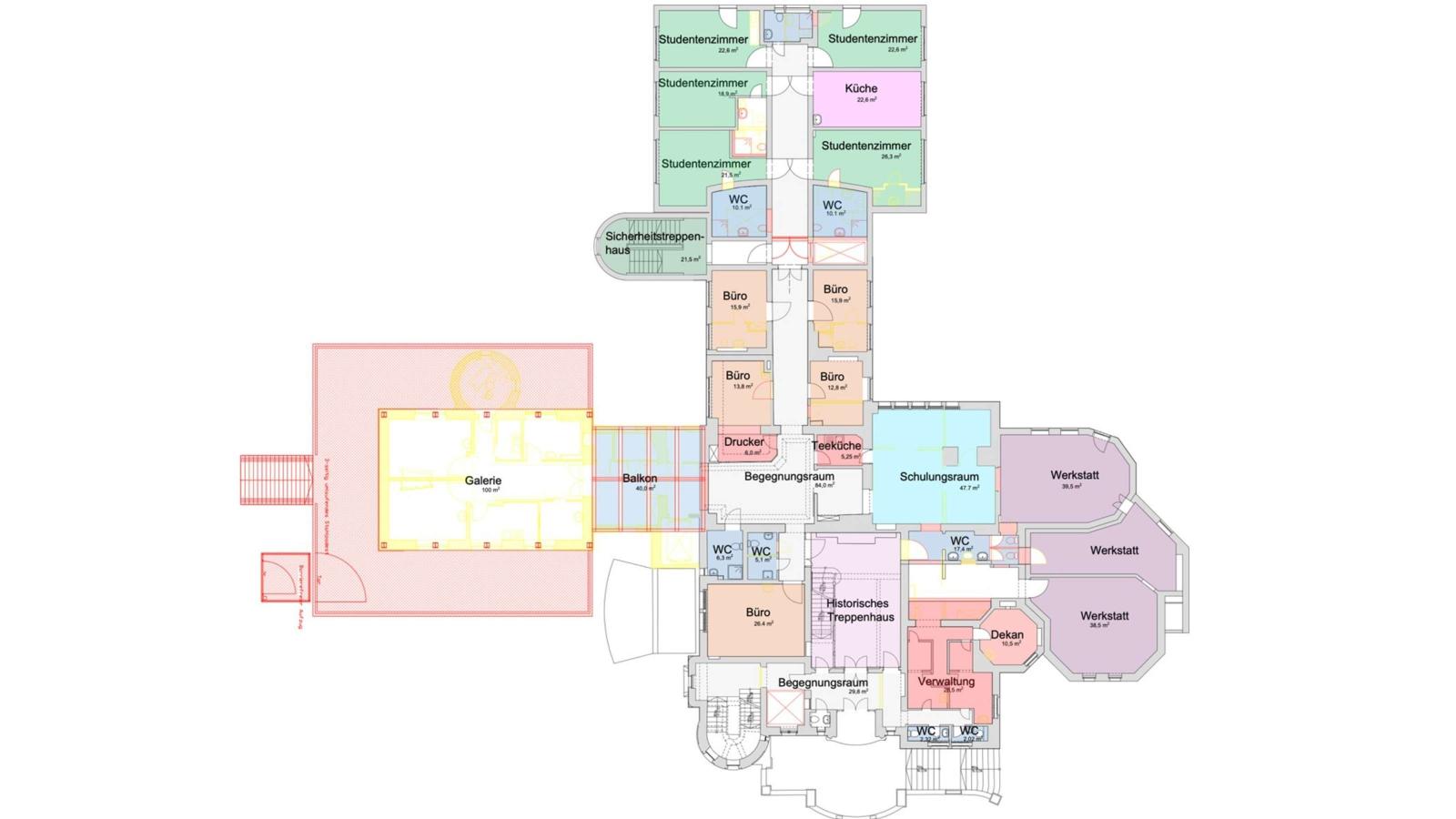Design Concept for Villa Gerstenberg in Accordance with the Preservation Order
Conceptual consideration and development in the conversion and refurbishment of listed villas in the Berlin area using the example of Villa Gerstenberg
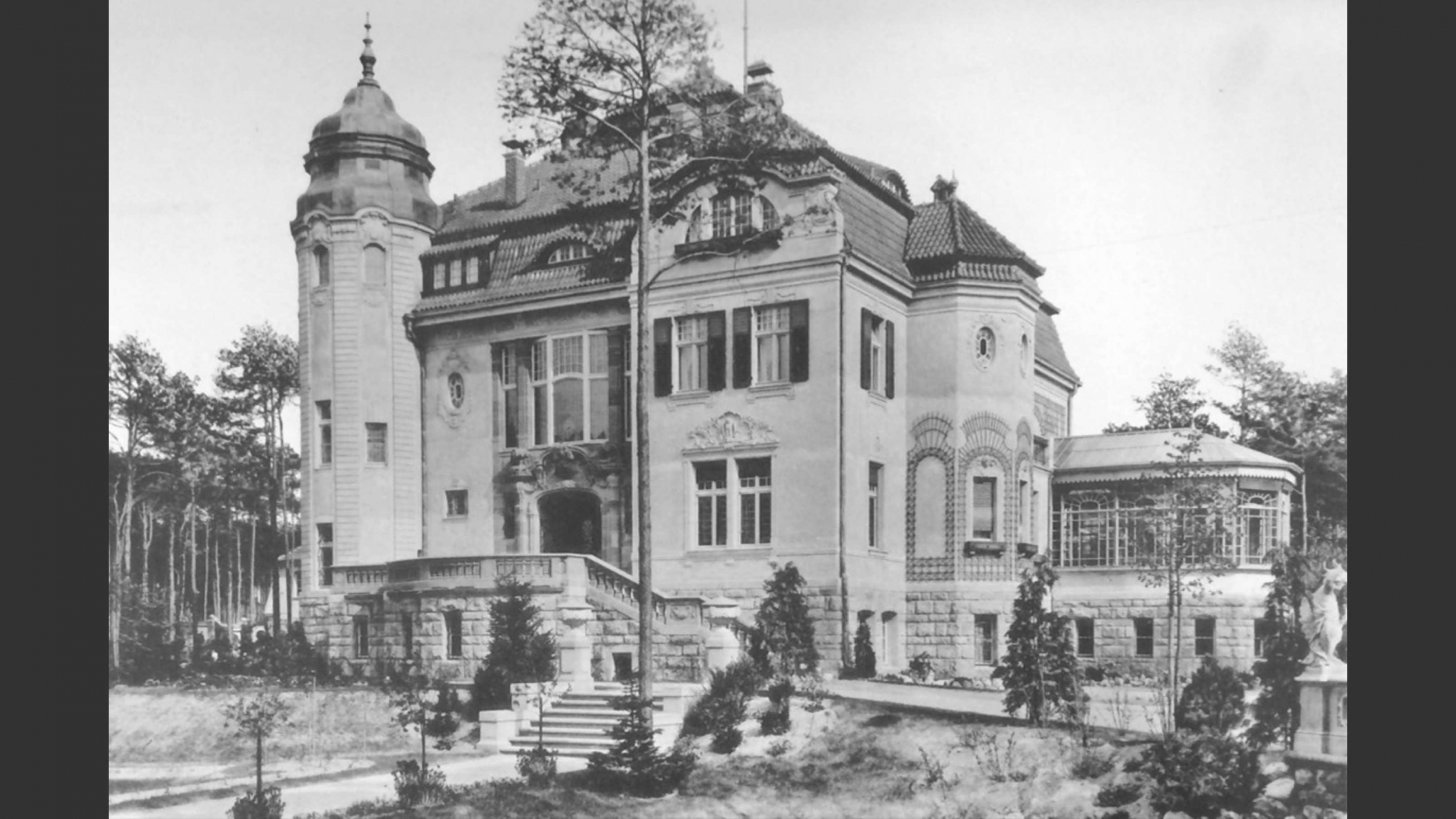
General
There is no simple definition of monument protection. Often, the treatment of monuments seems arbitrary and varies from case to case. But shouldn't the treatment of existing buildings that have existed for years before us be fundamentally directed towards the protection of their substance in every planning and conversion? On the basis of this question, the definition of renovation in keeping with the requirements of a listed building will be discussed on the basis of a current renovation project. In the process, planning principles will be defined that address the issues of authenticity, substance preservation and sustainability.
Villa Gerstenberg, which was built in 1903 by Otto Gerstenberg in the neo-baroque style and is now named after him, has undergone a number of conversions and extensions in the course of several construction phases and changes of use. In 2014, the original building, the outbuildings and the park, without the subsequent extensions, were listed. The central focal point of the listed building is the historic staircase, which is still preserved from the time of construction.
The Villa Gerstenberg is currently being restored to its original use as a single-family house. The renovation project in Berlin Schmargendorf is being used to critically examine the re-design of villas in Berlin from the point of view of their appropriateness as monuments and to develop a resulting alternative design that is appropriate for a listed building, taking into account the planning principles that have been developed.
Concept
On the basis of the independently developed definition of monument protection, the elaborated concept envisages an art school use in which the focus is deliberately on preserving the existing building. The idea arose in the course of the demolition of the gallery annex, as a result of its no longer being stable. With the premise of not reconstructing the building in its original form, but of reintegrating the use of the building from 1908, the design of a new gallery extension as an exhibition space was developed, and from this the idea of integrating the focus on art into the overall concept. The natural stone base of the gallery annex, which dates from the time of its construction, is retained and the new building is attached to it in an elegant open steel and wood construction, creating a connection between old and new and at the same time deliberately setting it apart from the original building. The main building houses seminar rooms, offices, work areas, workshops and a large refectory. This usage variant enables a large number of visitors to experience and use the listed building. In addition, flats are planned in the south-eastern extension and the remise, which will not only enable first-year students to start their studies more quickly, but also promote the need for common-interest housing in Berlin. In addition, the design makes direct reference to the building owner, who had a great interest in the arts. The institutional development in Dahlem and the proximity to the Freie Universität Berlin also underpin the historical development of the villa colony.
The planning arrangement of the individual areas of use in the design is fundamentally oriented towards the building complexes that were created during the different construction periods. The university's operations, with the classrooms and offices as the central utilisation unit, are arranged in the main building in terms of design. The workshops are set up in the south-western extension, which was originally used as an operating theatre complex, and are separated from the residential use. The south-eastern extension and the coach house will be converted into student rooms and shared flats on the basis of the existing room and living structures.
Focal points in the planning
Starting with the roof, the greatest difference to the implementation planning results from the fact that the roof space is retained in the present concept despite the pollutant load. Here it is sufficient to replace the polluted and damaged timbers. Demolition of the entire roof is not necessary after consultation with the wood preservation expert. Consequently, the roof will not be used for residential or educational purposes. Major structural interventions, such as demolition of stable ceiling areas, will not be carried out. Moreover, no alterations or extensions will be required due to the sufficient space available. Only the gallery extension will be newly integrated and built on top of the existing building.
The planning concept is largely based on the existing room structures. As a result of ensuring accessibility, changes will be necessary in the sanitary areas. Interior structures also had to be adapted to ensure sufficient workplaces for drawing and sufficiently large training rooms.
Structural analysis
The steel structure consists of several two-hinged frames, which are dimensioned as articulated at the base points. The centre distance of the frames is 3.15 m. The roof construction is supported on wooden purlins, which are spaced 1.0 m apart. The roof form is designed as a gable roof with a roof pitch of 45°. In addition, bracing is arranged in the first and last bays to additionally reinforce the stability of the frames and transfer the wind loads on the gable walls into the supports. The bracing points are arranged in the areas of the steel supports and the ridge points. Thus, an approx. 50° inclination of the bracing can be realised. The holding points are taken into account in the dimensioning of the stability of the transoms.
Project participants
Project management
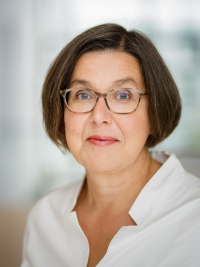
Prof. Dipl.-Ing. Silke Straub-Beutin
Project management
Dipl.-Ing. Christian Boeing
Master's graduate
Leonie Franke
